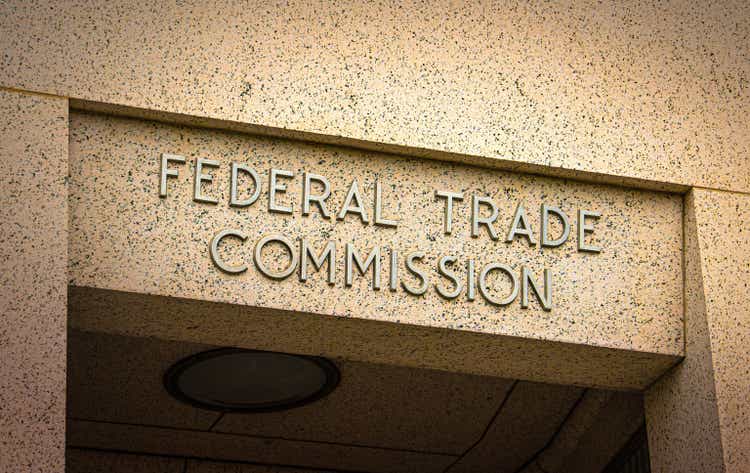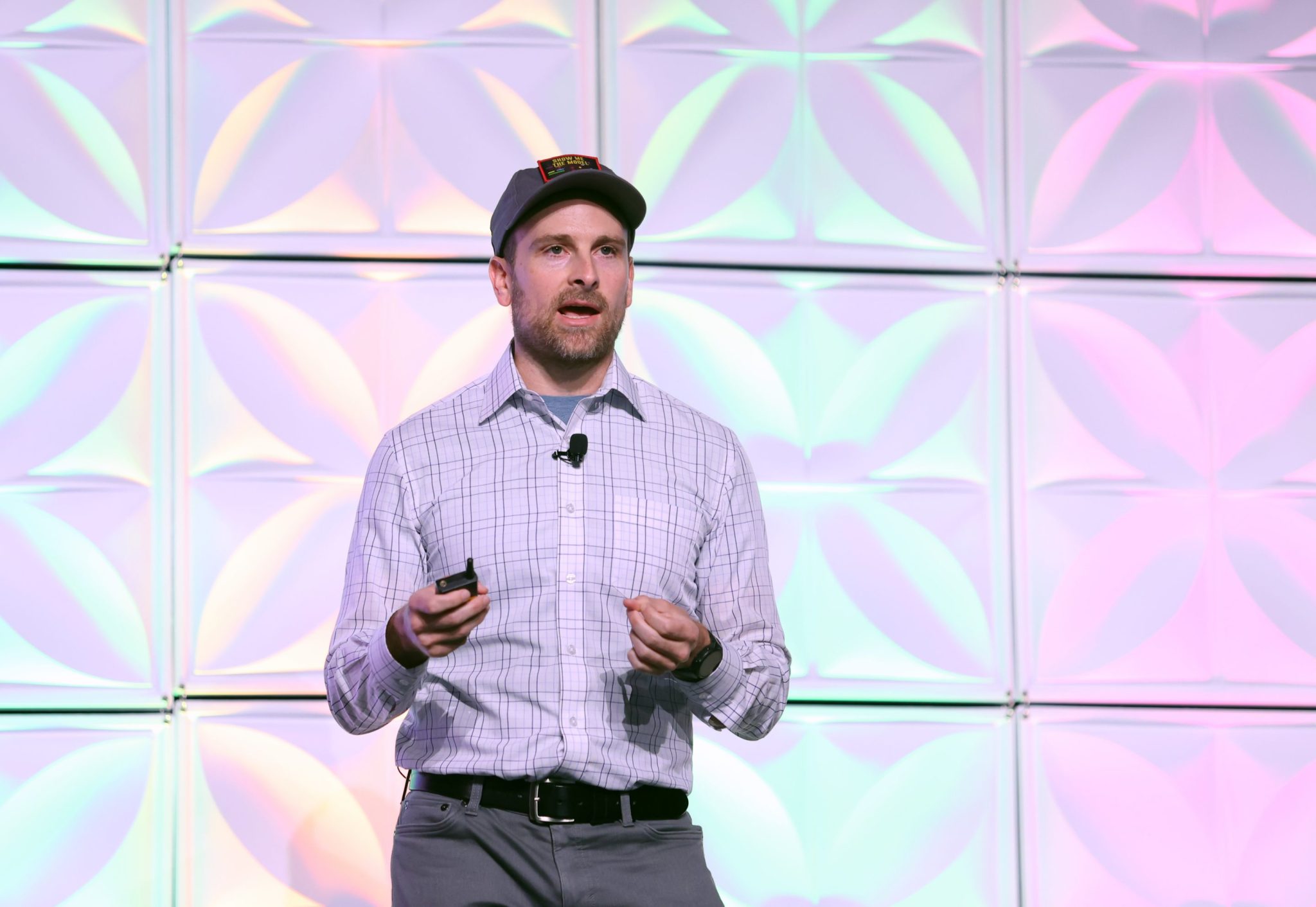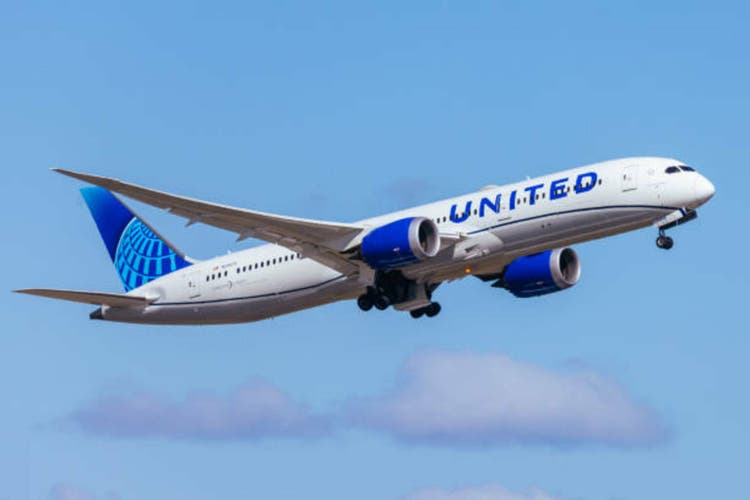When news broke about the shortage of air traffic controllers, the public took notice because flights were delayed, and safety was questioned nationwide. But what about the other shortage that’s been happening on the ground? 911 dispatchers are currently in crisis, too, and they’re the ones guiding help when it matters most.
The average vacancy rate across U.S. 911 centers hovers around 25%, and in some communities, half of the dispatchers the center should have simply aren’t there. That doesn’t mean calls stop, though. The burden falls on whoever’s available, piling on stress and fatigue that comes with longer response times. It’s not just a staffing problem but a wider public safety problem.
Why the job is so hard to fill
The demands of the dispatcher role are extraordinary. These aren’t switchboard operators but rather true community lifelines. In the middle of chaos, dispatchers have to listen closely and make sense of what’s happening. They’re entering details into different systems, talking a caller through some of the worst moments of their life, and at the same time keeping first responders in the loop. It’s a juggling act few people could manage, let alone day after day.
Agencies often report only a small fraction of applicants make it through the first round of screening, and fewer than that finish probation. This is no surprise, the job simply isn’t for everyone. It requires sharp multitasking and a calm voice under pressure, with some estimating that fewer than one in 10 who are hired actually stay for longer than three years.
Operator training reflects that intensity. The learning curve is steep and becoming fully capable can take anywhere from six months to over a year. New hires have to master computer-aided dispatch (CAD) software, radio systems, mapping tools, medical protocols, legal standards, disaster protocols, crisis communication techniques and hundreds of city, state, county and federal procedures, often on systems that don’t integrate and require the same information to be entered more than once.
At the same time, they’re trained to keep composure while listening to gunshots in the background, pulling critical details from callers in shock and making split-second decisions where a wrong address or delayed instruction can cost lives. Training scenarios include domestic violence, shootings and medical emergencies, pushing recruits to manage chaos in real time while juggling multiple screens, radios and conversations. It goes beyond just learning software and requires trainees to rewire how they think, talk and react under pressure, which is why so many never make it past probation.
Why retention is even harder
Getting people in the door is one thing, yet keeping them is another. Turnover in some 911 centers is upward of 25% annually, which is a staggering number when you consider the stakes. Every departure means more overtime for the remaining staff, more fatigue and more burnout, which is a cycle that often repeats itself.
The reasons people leave aren’t hard to understand, and it’s why many people don’t consider the line of work in the first place. Shifts are long and unpredictable, and often rotate between days and nights. The stress of handling crisis calls takes a real toll, with research showing that nearly one in five dispatchers experience PTSD, a rate comparable to police officers in the field. Using outdated and inconvenient systems only makes the job frustration deeper. Imagine trying to juggle life-or-death decisions while waiting on a computer to process, or having to enter the same data twice because systems can’t work with each other.
The pay doesn’t match the responsibility, either. The median annual salary for dispatchers is around $50,000, which may be decent on paper but falls short when weighed against the emotional and cognitive demands of the job. Despite being the first voice in nearly every emergency, dispatchers are often classified as clerical staff instead of first responders. That technicality means fewer benefits, less recognition and reduced resources to deal with the emotional strain and PTSD that come with the job, sending an underlying message that their work isn’t valued the same as police, fire or EMS.
The role of technology
Technology alone won’t fix the staffing crisis, but it plays a big part in both retention and effectiveness. Many Public Safety Answering Points (PSAPs) still run on infrastructure designed decades ago, patched together to handle cell phones and newer forms of communication. The result is slow, siloed and cumbersome for all parties involved.
Next Generation 911 (NG911) points to a better way forward. Instead of relying on old phone lines, it runs on modern networks that can handle texts, photos, video and even sensor data. It also lets agencies share information without the usual roadblocks. For dispatchers, that means less busywork and more useful tools, giving them confidence that the right information is reaching the right responder when seconds matter most.
The problem? Funding. While some states are already operating with NG911 and others are partially rolled out, many areas, especially rural ones, are still in planning. The price tag to bring NG911 to every corner of the country is somewhere between $9 billion and $12 billion. That’s a heavy lift, and because 911 systems operate behind the scenes, they rarely get the same public attention (and political urgency) as more visible investments like police squad cars or fire trucks.
Looking ahead
The comparison to air traffic controllers is hard to ignore. Both jobs are highly specialized. Both carry enormous weight. And both are facing shortages that put safety at risk. The difference? Aviation gets national attention and clear staffing standards, and 911 doesn’t.
The path forward has to be multi-pronged. Dispatchers deserve recognition as first responders, not just in name, but in the pay, benefits, and protections that come with the title. A handful of states have already enacted this change, but until it becomes universal, dispatchers will remain caught in a paradox: carrying the weight of a first responder’s responsibilities without the recognition or resources of the role. Additionally, investment in mental health support, scheduling reforms and career development could help keep people in the job longer, and modernization of technology must also be part of the equation, not only to improve efficiency, but also to ease the burden on those who carry the responsibility every single day.
The truth is that 911 dispatchers are as essential to public safety as any officer, firefighter or paramedic. Without them, the system collapses. If the nation can sound the alarm for air traffic controllers, it can do the same for dispatchers.
The dispatcher shortage isn’t coming, it’s here. If we fail to act, the strain on those currently in the role will only deepen. The people answering our most urgent calls deserve the same recognition and support as those they dispatch, because without them, there is no first response.
The opinions expressed in Fortune.com commentary pieces are solely the views of their authors and do not necessarily reflect the opinions and beliefs of Fortune.
This story was originally featured on Fortune.com

 2 hours ago
1
2 hours ago
1

















 English (US) ·
English (US) ·